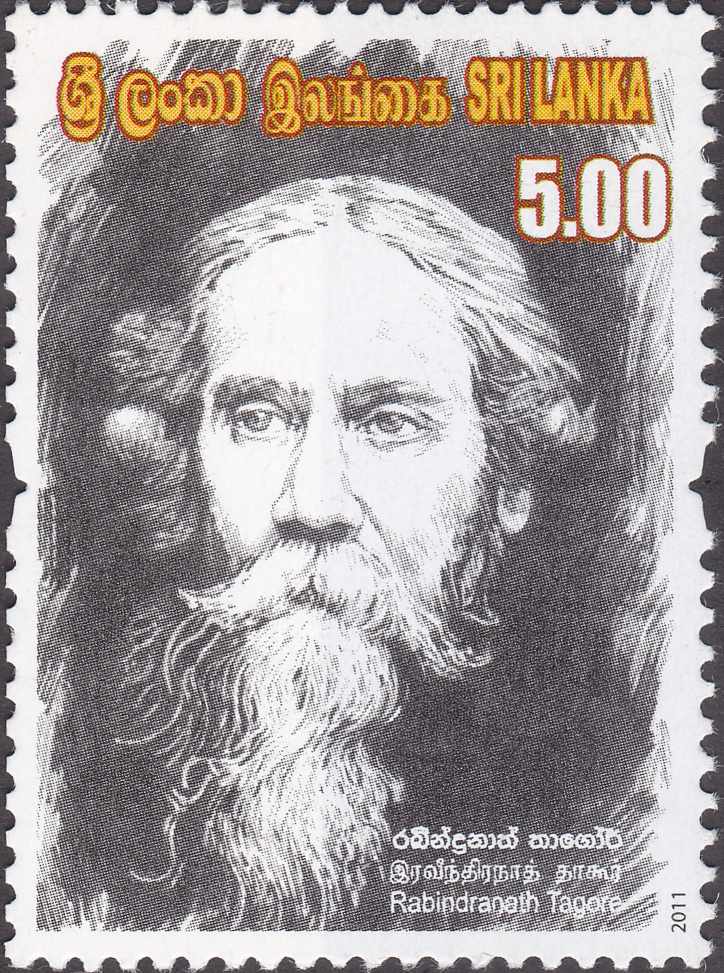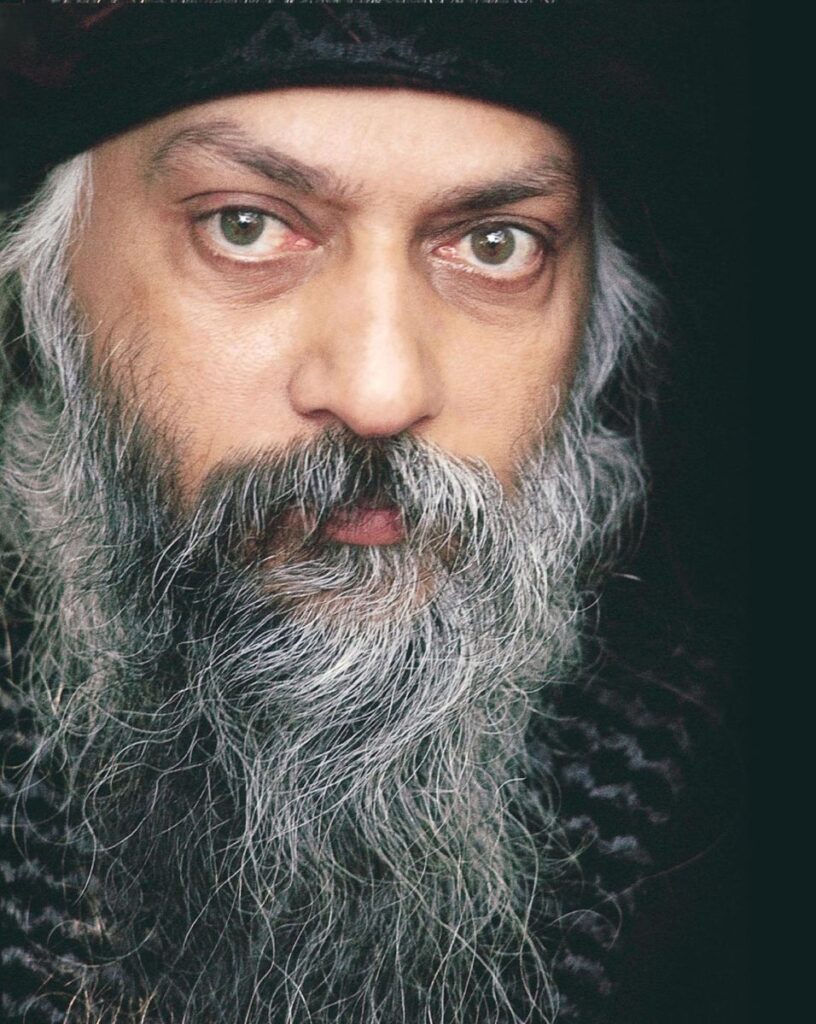
Whenever Rabindranath (Tagore) would have the visitation, would have creativity arising in him he would not eat, he would not drink, he would not sleep for days together. He would lock himself in his room, he would not come out. He would come out only when the glimpse had disappeared.
And those who saw him coming out after three, four days of remaining in some other world all noted one fact: he looked so different, so fragile, so unearthly, so light, as if not made of matter, so subtle, nothing gross in him, his eyes so clear and SO deep and his whole being SO transparent. But after a few hours he would be back again, settled in the gross body, would be his old self again.
People used to ask him, “What happens when you close yourself in?” He would say, “I close myself in, I lock myself in, so that nobody disturbs me, because I am no more here. Any disturbance can be a very shattering experience. I am so fragile that I would not like to be disturbed. Even a little sound is enough to bring me back to the earth, and those are the moments when I am flying high, when great poetry arises in me.”
That’s how Gitanjali was born, the book for which he got the Nobel Prize. Many, many people have been given the Nobel Prize, I have seen almost all the books for which a Nobel Prize has been given, but there is no comparison with Rabindranath’s Gitanjali. ‘Gitanjali’ means ‘offering of songs’. It has some totally different quality, not of this world. It echoes something of the Upanishads. It has some reflections of Buddha, Jesus, Zarathustra, Lao Tzu.
Osho in The Guest: Talks on Kabir
Image of Sri Lanka postage stamp (2011) honouring Rabindranath Tagore, courtesy https://www.getbengal.com

Acharya Rajneesh (1931-1990), known later as Osho, was an Indian godman, philosopher, mystic and founder of the Rajneesh movement. He was viewed as a controversial religious leader during his life. He rejected institutional religions, insisting that spiritual experience could not be organised into any one system of religious dogma. He advocated meditation and taught a unique form called dynamic meditation. Rejecting traditional ascetic practices, he asked his followers to live fully in the world but without attachment to it. Pic courtesy: https://www.sannyas.wiki/
